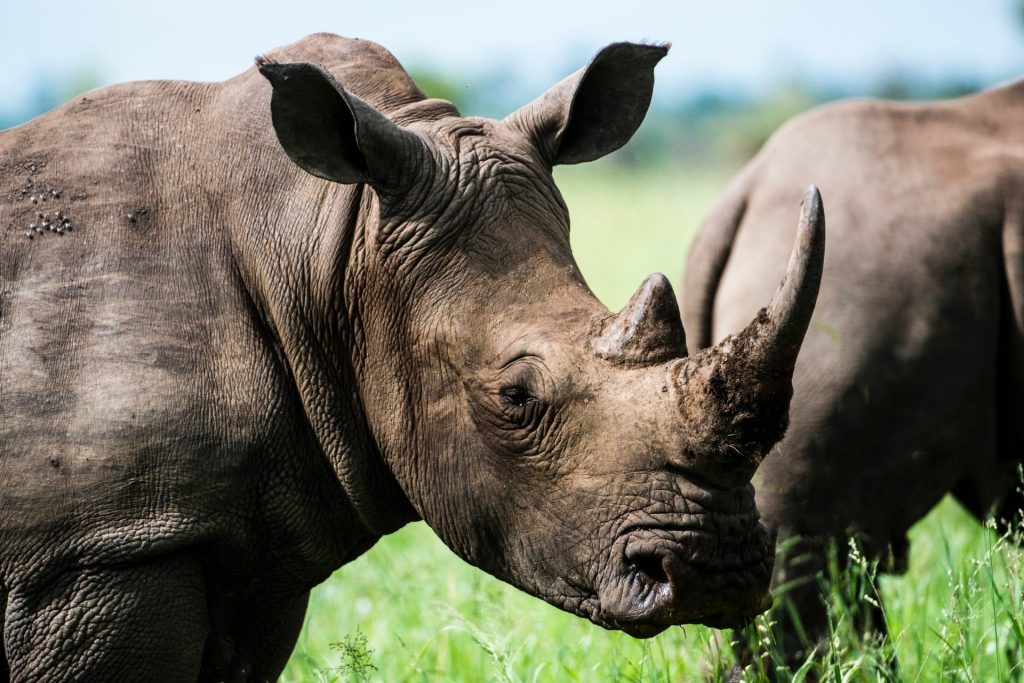Our natural world is on life support, but if we support and restore nature, it could be one of our biggest solutions to climate change.
A new global report by the Intergovernmental Science-Policy Platform on Biodiversity and Ecosystem Services (IPBES) finds that 1 million species are at risk of extinction — more than ever before in human history.
The Global Assessment Report on Biodiversity and Ecosystem Services, prepared by 145 leading experts from 50 countries, examines the causes of biodiversity and ecosystem change, the implications for people, as well as policy options and likely future pathways over the next three decades. It provides an integrated overview of where the world stands in relation to key international goals, including the Sustainable Development Goals (SDGs) and the Paris Agreement on climate change. In addition to including more than 15,000 scientific and government sources, the report also cites indigenous and local knowledge.
KEY FINDINGS TO KNOW
- Human activities and natural trends have converged to severely alter our natural world. Nature is declining globally at rates unprecedented in human history. The report shows that 75% of the land-based environment and about 66% of the marine environment have been significantly altered by human actions. On average, these trends have been less severe — or avoided — in areas held or managed by Indigenous Peoples and Local Communities.
- Nearly 1 millions species are at risk of extinction from human activities. The loss of clean air, drinkable water, pollinating insects, forests, and species pose as big a threat to species survival as climate change. Many experts already believe a so-called “mass extinction event” – only the sixth in the last half-billion years – is already under way.
- The loss of biodiversity increases the challenge of limiting climate change. If we fail to protect the natural world, we lose our biggest asset in the fight against climate change because healthy ecosystems naturally absorb carbon from the atmosphere. Many of the “least regrets” solutions to the climate crisis (such as protecting and restoring natural carbon sinks and sustainable land management) also improve biodiversity, water, soil, as well as people’s health.
- Climate change is intensifying biodiversity loss. In areas where ecosystems are already in a vulnerable state, the impacts of climate change will be even more significant. It’s more difficult for degraded ecosystems to adapt to climate change, making impacts, such as flooding and wildfires, more damaging.
WHAT DOES IT MEAN?
In his new editorial in response to the IPBES report, Dr. Thomas Lovejoy, the conservation biologist known as “The Godfather of Biodiversity” and a Senior Fellow at the United Nations Foundation, argues that in order save biodiversity, we need to understand its economic and societal worth, “embracing the monetary value of local ecosystem services” and the “contribution of nature to people.”
Nature is our life support system. Its free services power our lives, underpinning our productivity, our culture and our beliefs. But we can’t take this free service for granted any longer. The growing exploitation of the planet caused by our food system and climate change are compromising our ability to sustain our health and our economies. Moreover, the loss of key resources contributes to conflict and instability.
The good news is that if we take care of nature, nature takes care of us. The way we farm, use our soils, protect coastal ecosystems and treat our forests are all crucial decisions for climate change, but they can also help us eat better and live longer. And we don’t have to invent new technologies to do it. We can harness nature-based solutions that work for people and planet right now.
WHAT HAPPENS NEXT?
Policymakers now agree with the world’s scientists: 130 governments approved of the IPBES report, agreeing that we are way off track to save biodiversity. Both understand that we are exploiting nature faster than it can renew itself — and it threatens our very own survival.
The next two years are a critical window of opportunity for limiting climate change and the sixth mass extinction. Beginning with the UN Secretary General’s Summit in September and running through the Convention on Biological Diversity (CBD) in 2020, governments will present commitments that can exponentially escalate the adoption of solutions, and change the way we feed ourselves, protect nature, and avoid a global ecological chaos fueled by climate change and biodiversity loss.
That’s why the next two years are a crucial time to remind our leaders that biodiversity loss and climate change are connected challenges, and so are their solutions.
Want to take action to help protect biodiversity now? Here are two ways:

